DIY Plumbing: What You Can Fix vs. When to Call a Pro (From Someone Who’s Seen It All)
Alright, let’s have an honest chat about your home’s plumbing. I’ve spent more than two decades in this business, and trust me, I’ve seen everything from a simple leaky faucet to basement floods that would make you cry. With the rise of DIY culture, I see a lot of folks wanting to save a buck and learn a new skill, and I genuinely respect that. But I’ve also been the guy called in to fix a “five-minute fix” that turned into a week-long, multi-thousand-dollar disaster.
In this article
So, my goal here isn’t to scare you off. It’s to give you an insider’s perspective. I want to help you understand the maze of pipes in your walls, show you what you can totally handle yourself with a few basic tools, and, most importantly, teach you to spot the red flags that scream, “Put down the wrench and call for backup!”
First Things First: Understanding Your Home’s Two Plumbing Systems
Before you even think about touching a pipe, you need to know what you’re dealing with. Your house has two completely separate plumbing systems working side-by-side. Getting them mixed up is ground zero for a lot of headaches.
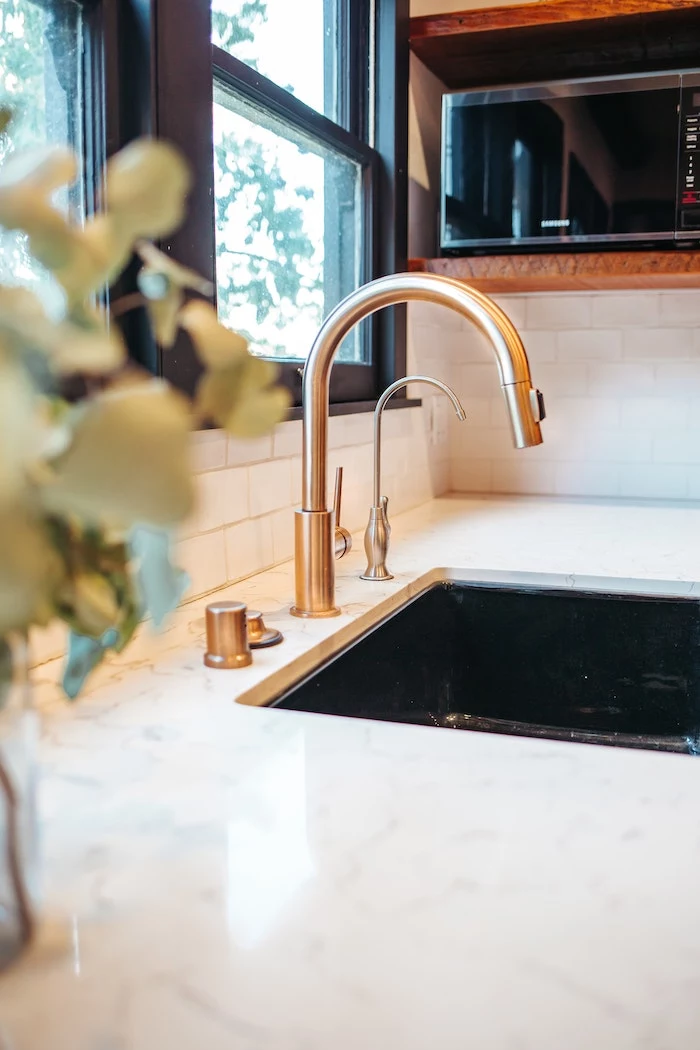
1. The Pressurized Supply System
This is the network that brings fresh, clean water into your house. It’s always under a good bit of pressure—usually somewhere between 40 and 80 PSI. Think of a kinked garden hose ready to spray the second you let go. This system feeds all your fixtures: sinks, toilets, showers, and the water heater. Because of that pressure, even a tiny pinhole leak won’t just drip; it will spray, and it can dump a shocking amount of water into your home very, very quickly.
2. The Drain-Waste-Vent (DWV) System
This is the exit route. The DWV system carries all the used water and waste away from your home. Unlike the supply system, it’s not pressurized. It works almost entirely on gravity. That’s why every drainpipe is installed at a slight angle, or “pitch”—typically a quarter-inch drop for every foot of pipe—to keep things flowing in the right direction.
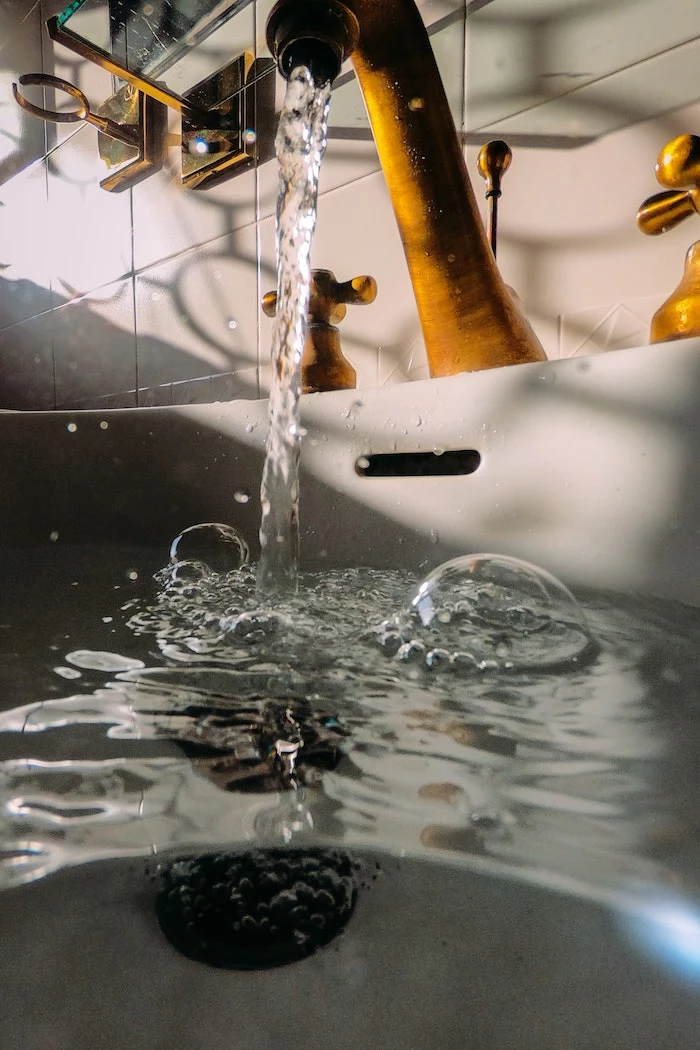
The “V” for “vent” is the unsung hero here. Vents are pipes that run up and out through your roof, letting air into the drain lines. Why does that matter? It prevents a vacuum from forming, which would make your drains slow and gurgly. It’s the same reason you poke a second hole in a can of juice to get it to pour smoothly. If you ever hear gurgling drains or smell sewer gas, you’ve likely got a vent problem on your hands.
The DIY Safe List: Jobs You Can Absolutely Tackle
Ready to get your hands a little wet? These common issues are totally manageable for a beginner and can save you a decent chunk of change on a service call. A standard plumbing service call, by the way, often starts around $150-$250 before any work even begins.
Your Pre-DIY Sanity Check
Hold on! Before you start, run through this quick list:
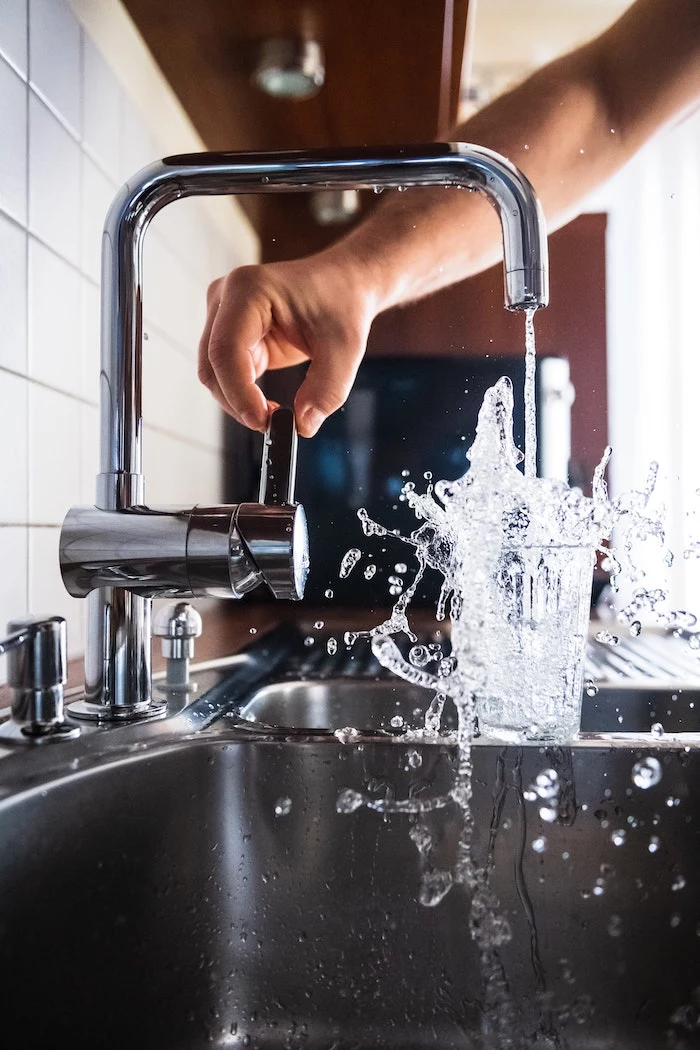
- Do you have the right tools? Don’t try to use a dinner fork to tighten a nut.
- Have you found the shutoff valve? This is for the specific fixture (under the sink/toilet) AND the main one for the whole house. Know where both are.
- Have you watched a quick video? Seeing someone else do it first is a massive confidence booster.
- Got a plumber’s number ready? Just in case. No shame in having a backup plan!
Clearing a Simple Sink Clog
If just one sink is draining slowly, the problem is almost certainly local. Forget the harsh chemical drain cleaners—they’re terrible for your pipes and often don’t work. Start with a plunger.
If that doesn’t do it, it’s time to clean the P-trap, that U-shaped pipe under the sink. It’s designed to trap debris (and lost rings!) and is surprisingly easy to clean. This whole process should take you 30 minutes, tops.
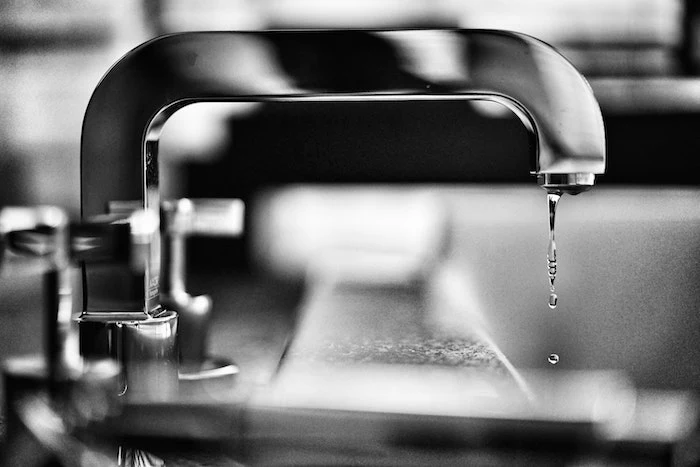
Your P-Trap Shopping List:
- A small bucket (around $5)
- Channel-lock pliers (a good pair is about $15)
- Some old towels (free!)
Just place the bucket underneath, loosen the two big nuts holding the trap, and let the gunk and water drain out. Clean the pipe, put it back, and tighten the nuts. Hand-tight plus a gentle quarter-turn with the pliers is perfect.
A common mistake is… overtightening the plastic nuts. They can crack easily, turning your simple clog-clearing job into a trip to the hardware store for a whole new trap assembly.
Fixing a Running Toilet
That constant hissing sound from your toilet is money literally going down the drain. Thankfully, the fix is usually inside the tank and costs less than $20. A full toilet rebuild kit from a place like Home Depot or Lowe’s is often the best bet.
Most of the time, it’s either a worn-out flapper (the rubber seal at the bottom) or a faulty fill valve (the tall column that refills the tank). Replacing both with a kit is a fantastic beginner project that can take less than an hour. Compare that $20 kit and one hour of your time to the $150+ a pro would charge. This is a great place to save money!
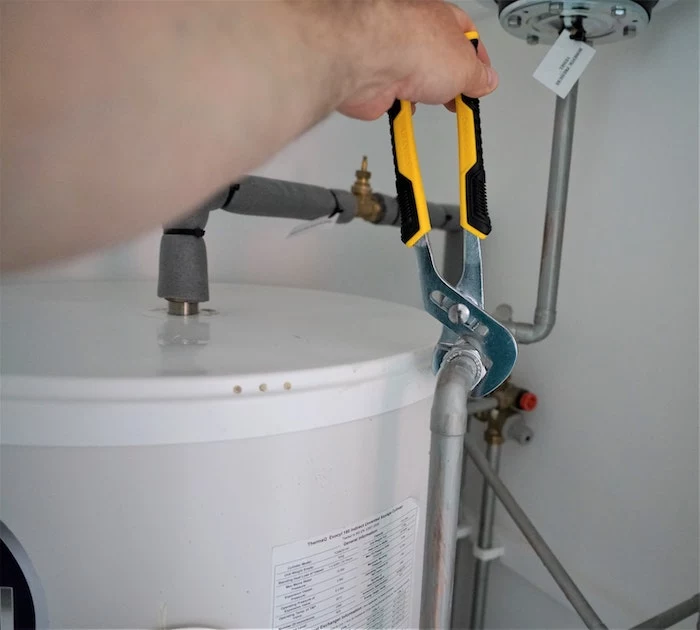
A common mistake is… getting the flapper’s chain length wrong. If it’s too short, the flapper can’t seal. If it’s too long, it can get caught underneath, causing a slow, silent leak.
Replacing a Faucet Aerator or Showerhead
Is your faucet spray weak or going everywhere? The aerator—the little screen at the tip of the faucet—is probably clogged with mineral buildup. Most unscrew by hand. You can soak it in vinegar to clean it or just buy a new one for about $5-$8.
Your 5-Minute Challenge: Go unscrew the aerator on your kitchen or bathroom sink right now. I bet you’ll be shocked at the gunk you find. Cleaning it out is one of the most satisfying quick fixes there is!
A new showerhead is just as easy. Unscrew the old one, clean the threads on the pipe coming out of the wall, wrap them with a few layers of Teflon tape (which costs about $2), and screw on the new one. Hand-tight is usually all you need.
The Red Flags: When to Immediately Call a Professional
Okay, this is the most important part of our chat. Recognizing these signs will save you from financial ruin and a world of stress. Seriously, swallow your pride and pick up the phone if you see any of these.
1. Clogs in Multiple Fixtures
If flushing a toilet makes water back up into your shower, or running the washing machine causes sinks to gurgle, this is not a simple clog. It’s a classic symptom of a blockage in your main sewer line. A plunger won’t touch this.
You need a pro because main line clogs are caused by serious issues like tree roots crushing the pipe or a collapsed line. We use powerful augers and cameras to see what’s going on. Renting one of those big machines yourself is risky. I once had a client who tried to DIY a main line clog. He ended up punching a hole through the old cast iron pipe under his living room floor. The original clog would have been a $400 fix. The new concrete slab and pipe replacement ended up costing him over $9,000. It’s just not worth the risk.
2. Any Major Water Heater Problem
I’m going to be blunt: unless you’re just relighting a pilot light, do not mess with your water heater. If you have no hot water, hear loud popping noises, or see water leaking from the tank itself, call a licensed plumber. Gas heaters involve gas lines and carbon monoxide venting. Electric heaters mix high voltage with water. And in a worst-case scenario, a malfunctioning water heater can become a literal bomb. This is a non-negotiable, folks. Let a pro handle it.
3. Mysterious Water Stains
See a brownish ring appearing on the ceiling below an upstairs bathroom? Or a soft, discolored spot on a wall? That’s not a paint issue; it’s an active leak inside your walls or ceiling. Cutting into drywall to find a leak you don’t understand is a recipe for making things much, much worse. This requires immediate professional diagnosis.
4. A Sudden Drop in Water Pressure Everywhere
If one faucet is weak, check the aerator. If your entire house has weak pressure, you have a major problem. It could be a failing pressure valve or, worse, a hidden leak in the main water line coming into your house. We use specialized tools to track these down without digging up your entire yard. Don’t guess.
5. That Rotten Egg Sewer Gas Smell
If you smell sewer gas, it means a seal has been broken somewhere in your DWV system. A pipe trap might be dry, a vent could be blocked, or you could have a cracked drain line hiding in a wall. This isn’t just unpleasant; sewer gas is unhealthy and can even be flammable. We can run a special “smoke test” to fill the system with harmless visible smoke and see exactly where it’s escaping.
6. Any Job That Involves Cutting or Moving Pipes
The second your bathroom remodel plan includes moving a toilet or a sink, you’ve crossed into professional territory. This work involves building codes, proper drain slopes, and permits. Doing it wrong can lead to failed inspections when you try to sell your home and may not be covered by insurance if it fails and causes a flood.
How to Find Your Main Water Shutoff Valve
This is a critical piece of info every homeowner should know. If a pipe bursts, you have seconds, not minutes. The main shutoff is usually found where the water supply pipe enters your home. Check these spots first:
- In the basement, on an inside wall near the front of the house.
- In a crawlspace or utility closet.
- Near your water heater or furnace.
You’re looking for one of two types: a gate valve, which has a round, wheel-like handle that you turn multiple times, or a ball valve, which has a single lever handle that you turn a quarter of the way. (By the way, ball valves are much more reliable!)
A Final Word: Know Your Limits
Look, I’m all for empowering homeowners. Tackling a small repair can feel great and save you some cash. But the smartest tool in anyone’s toolbox is the judgment to know when you’re in over your head.
Don’t let a small issue snowball into a catastrophe because of pride. When you hit one of those red flags, a good, licensed professional is worth every single penny. Your home—and your wallet—will thank you for it.










